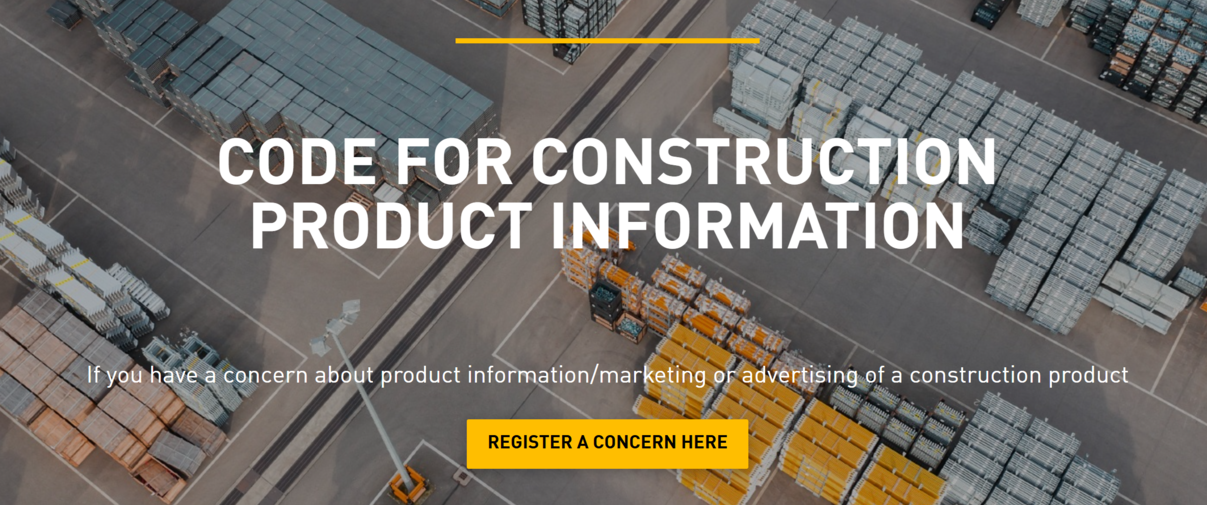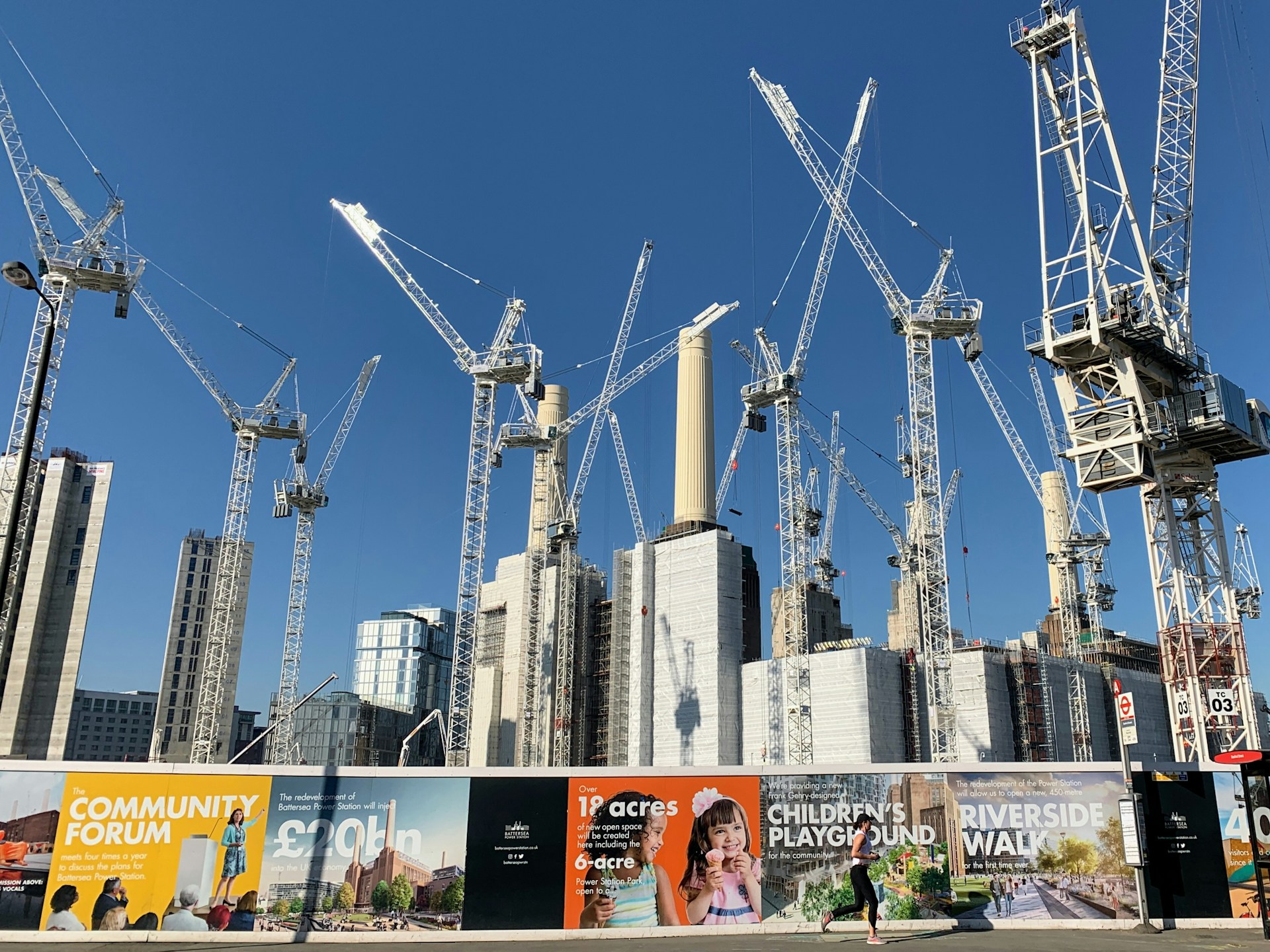3 reasons your construction blog isn’t working – and how to fix it

A good blog section on your website is by far one of the best ways to build your brand and get people coming to your site. It pays to invest in great content for your construction business.
However, it’s not as easy as just posting the odd thing once in a blue moon and hoping it works. Much like when you’re trying to write a great construction case study, you need to think your blogs through and give it proper attention so it has the best chance of working.
That’s easier said than done, of course. so here’s three reasons your construction blog might be failing and some practical steps to fix it.
1 – You’re not being consistent
Probably the most important reason that a company blog doesn’t work as planned is a lack of consistency.
That can mean you’re not writing regularly enough, you give up before the strategy has kicked in properly, or you’re not hammering home your key messages regularly.
In all three cases, it comes from forgetting the purpose behind the strategy.
Everything needs to be pointed at achieving whatever your goal is with a laser focus – be that a series of product launches, general brand awareness, highlighting your services, or anything else.
You need to be talking to people consistently otherwise they will forget about you.
Practical steps:
- Sit down and work out your business/sales priorities for the next six months (minimum)
- Write down everything you want people to know about them
- Plan a blog (or blogs) for each point that all contribute to the overall goal
- Create a schedule for posting on your website and social media
- Stick to the schedule!
2 – You’re not targeting the right people
There’s one popular piece of advice in blogging that makes me roll my eyes: write in short sentences only and dumb everything down!
The argument goes that you have to assume people are stupid or have no attention span and write with that in mind. If you don’t, your blog will fail.
This seems wrong to me in a highly technical and complex field like construction.
While it is possible to get overly technical and bore your audience, it’s too easy to fall into the trap of thinking you have to make everything accessible to all readers.
I don’t think this is true. If you’re a construction firm then your audience isn’t everyone – the audience is your fellow professionals. You can assume they have knowledge of the field and can understand the ins and outs of your product.
You’re selling to experienced and knowledgeable people who are often looking for solutions to specific problems – and you can give them the answer.
Rather than dumbing it down and trying to target everyone, try being more specific with your writing.
Even better, once you’ve got a great piece of content online that targets an industry-specific use case, it’s there forever and people will keep finding it. Problems that come up on one site generally come up on others too.
Practical steps:
- Write down who your biggest regular customers are
- Work our what they have in common and why they use your product/service
- Brainstorm all the use cases for your product, including hyper-specific ones
- Plan a blog around each and tie it in with a social media plan
3 – You’re not linking to other parts of your website properly
You’ve got a great product and have published a blog which people are reading. They’re interested, engaged and want more info, but they can’t find it.
It’s such a waste when this happens, and it seems to happen very often.
You’ll see a great blog and there’s no links to anything else. If people have clicked through then they want to know more – give the people what they want!
Try and add links into every blog that take people to other appropriate parts of your website. That can be other blogs you have published, product brochures, previous relevant jobs or anything else.
The more information people have the better, and if you make it easy for them, readers can be trusted to explore further on their own.
This also includes ensuring there’s a good call to action at the end of each page. Tell people what you want them to do once they’ve finished reading.
Download the brochure, contact the technical team, share the article, enquire using the form… If people are interested, they want to be directed to the next steps.
Practical steps:
- When planning your blog strategy, write down what each topic relates to elsewhere on the website
- Before you publish the blog, go through it and link out to at least two or three other pages
- Don’t publish until you’ve told people what to do at the end of the article
If you look back at this article, I have linked out to three other pages on my website which you can look at.
And what comes next? The call to action!
A blog is a great way for any construction company to generate leads and build its brand. However, it takes time to plan and execute it which you might not have. If you need a hand with yours, get in touch here to discuss planning and writing a great construction blog for your business today.
(Please enjoy this image of a construction guy at a laptop, presumably blogging. Photo by Ivan Samkov.)




.png)


